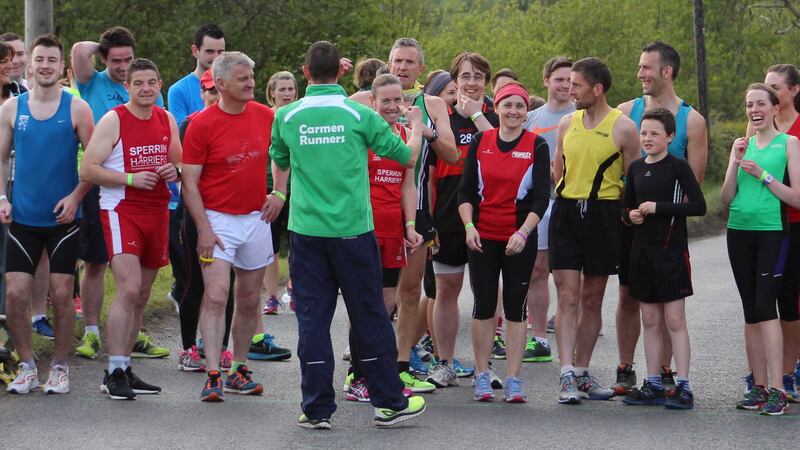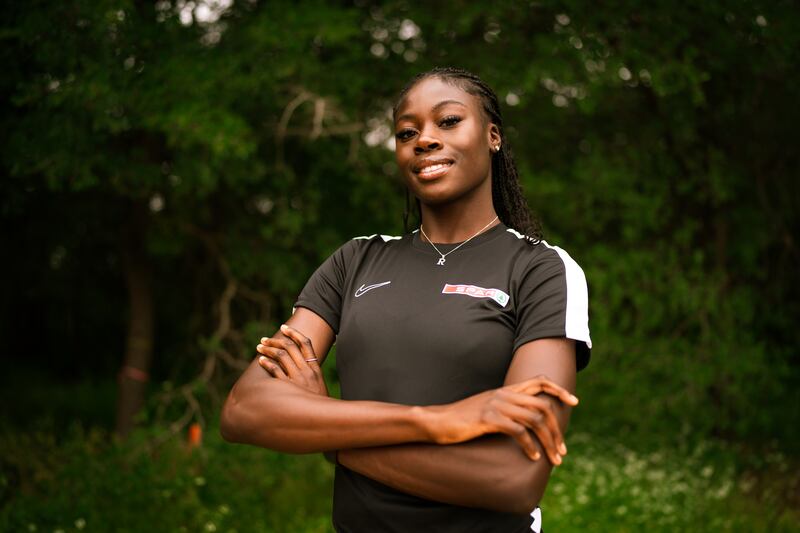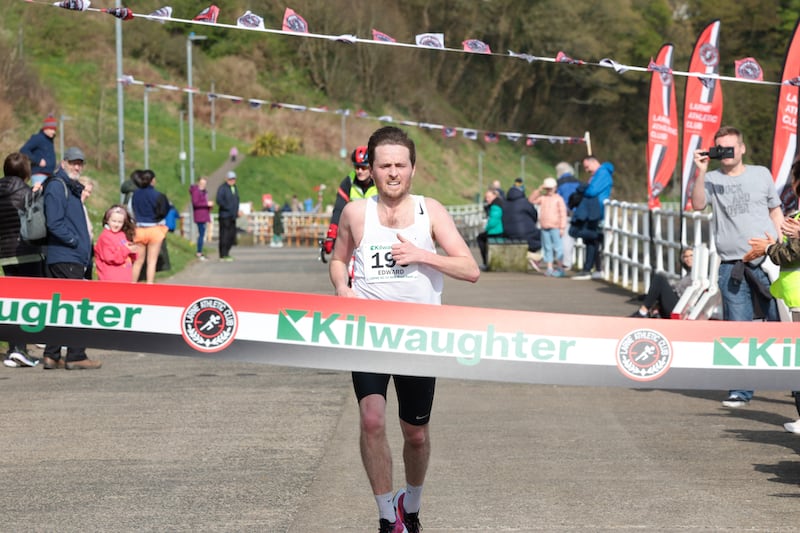CUSHIONED trainers have dominated the running shoe market for probably at least the last 30 years.
These shoes come with a raised heel and, if we believe the makers, include some system or another to prevent over pronation. The makers also consistently claim that these shock-absorbing features minimize the impact of foot strike on the body and thus prevent lower leg injuries.
Generally, this type of trainers is significantly higher at the heel than at the point of the toe. However with the passing of the years, various studies have found that a high percentage of runners continue to get injured even in the most cushioned of trainers.
It has been estimated that you between 30 per cent and 75 per cent of recreational runners tend to be injured once every year (van Mechelen and Van Gent et al), with the knee area (42 per cent) being the most susceptible.
Surprisingly, it is becoming increasingly evident that some trainers, rather than prevent injuries, may cause a large portion of them. Nevertheless, shoe companies continue to insist that extra cushioning or anti-pronation will mean fewer injuries.
Because of this, most runners use traditional trainers in the belief that the extra cushioning can help them avoid injury by reducing the force of impact on the legs.
Thus runners continue to use extremely high-soled and high-priced shoes. However, runners continue to get injured in high numbers.
Although much repeated, few runners realise that there is little, or possibly no, scientific evidence to back up this claim of cushion means protection. In fact, recent research points to the opposite.
In particular there have been two really interesting studies related to running and training shoes that have come to conclusions that blow apart the traditional more is better marketing ploy.
In one of these (Is your prescription of distance running shoes evidence based - Richards et al 2008), the investigators reviewed many databases of scientific research with a view to proving that greater shock absorption and/or anti-pronation trainers would contribute to less injuries.
However, they could find a single research study that demonstrated traditional trainers were useful in either preventing or even diminishing the occurrence of injuries in runners. In fact there was a suggestion that these trainers actually caused injuries.
The researchers concluded: “Biomechanical and epidemiological studies have raised significant questions about the capacity of running shoes incorporating either cushioning, heel elevation or sub-talar control systems to prevent injury and have identified their potential to cause harm.”
A separate study by the University of Virginia looked at the incidence of injury in using minimalist shoes or indeed even barefoot.The research involved a survey of 500 runners who were running in shoes with reduced shock absorption or barefoot.
The results were interesting in that they found 64 per cent of the runners did not suffer any new injuries in the minimalist footwear or without any shoes whatsoever. In addition, 69 per cent of the participants recovered from their previous injuries on going minimal.
Obviously if you have been using traditional trainers for some years, a change to minimalist shoes cannot be made overnight.
A visit to a podiatrist may also be advisable before any dramatic change in case there may be a more serious underlying reason why you are getting injured more frequently than you would like.
But it is worth thinking twice before shelling out well over £100 on a cushioned trainer when a more basic shoe at less than half the price might meet your needs.
And it might keep you away from the dreaded physiotherapist’s table.
AILEEN REID will be looking to finish her season on a high when she competes in the ITU World Triathlon Series grand final in Chicago on Friday (11pm).
The Windy City hosts 150 of the world's top Olympic-distance triathletes as they compete for a world championship title with less than a year to go to the Rio de Janeiro Olympic Games.
The Derry native will be looking to bounce back to form with a top ten place after a disappointing 39th in the penultimate World Triathlon Series round in Edmonton two weeks ago. Reid finished almost five minutes behind the winner, Great Britain's Vicky Holland, which saw her slip down three places in the standings for the year to eleventh.
Earlier the 33-year-old had to settle for 27th place in the ITU Olympic dress rehearsal in Rio at the start of August following a bout of illness. Those results came as a surprise because the Lisburn resident had been moving up the rankings with a seventh in Australia’s Gold Coast and a sixth in Yokohama before an excellent fourth spot in London at the end of May.
Favourite for the women’s title tonight is the United States number one Gwen Jorgenson who has taken the event to a new level with six wins in six starts this year’s World Triathlon Series races. She also won the Rio Olympic Test and goes into the contest this evening unbeaten in her last twelve competitions.
Spaniards Javier Gomez Noya and Mario Mola head the rankings going into the men’s decider tomorrow night (11:00pm) with Alistair Brownlee the best ranked of the Britons in ninth. Cork man Bryan Keane, currently listed in 53rd spot, competes in the men’s elite race and there is a representation of other 54 Irish triathletes in the various age group and Paratriathlon events.
ATHLETICS AFRICA PROJECT runners look set to dominate this Sunday’s third Asics Belfast City Half Marathon which also incorporates the NI Championships (Start 9am Ormeau Park). Now the largest half marathon in the North, the third edition has attracted the maximum 3,500 participants who face a new faster course that takes in most quarters of Belfast.
Gideon Kimosop returns to Omagh after spending a few months back home in Kenya with his family and attending to matters on his farm. The 27-year-old was here in the early part of the year during which time he claimed numerous road race victories, including the Omagh Half Marathon, as well as runner-up spot in the Belfast Marathon.
The man from the Rift Valley charmed everyone who met him during his previous sojourn in Tyrone with Project Africa coach Ciaran Collins. He will have a huge support on Sunday in a field that has failed to attract most of the leading local distance exponents. Paddy Hamilton and Benny Teer look to be the pick of the bunch.
There are two Project athletes in the women’s race, Jemutai Tanui and Rosina Kiboino. Tanui, at 21, is the younger of the pair and has some classy times which date back to 2012 when she ran 2:31:30 for the marathon and 71:19 for the half marathon.
Her most recent marathon time from July was 2:45:41 which makes her the favourite for Sunday's race. Fellow Kenyan Kiboino (32) had a similar marathon time when she finished second in Sofia last autumn. Gladys Ganiel O’Neill should be the first local woman to finish.





